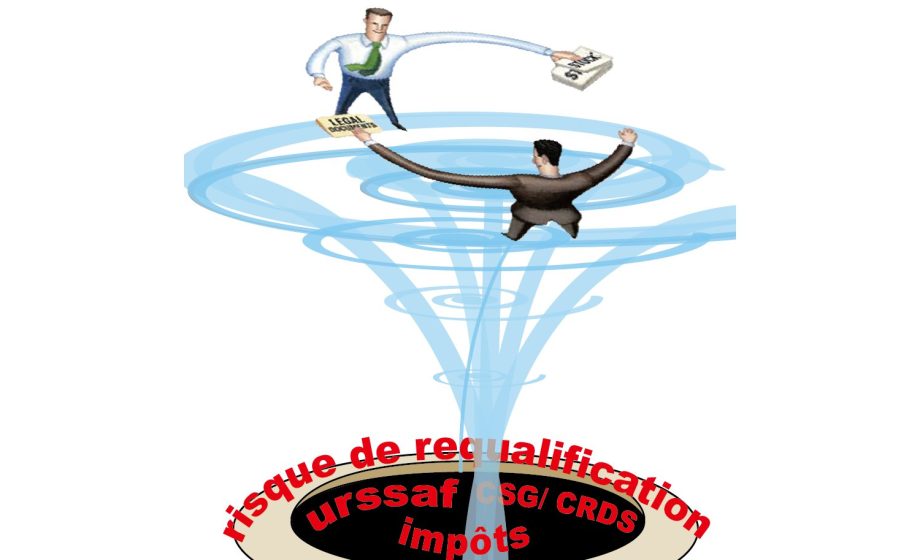As venture investors, we favor equity compensation in our portfolio companies for two primary reasons:
i) improved alignment between employees and shareholders toward company success; and
ii) the affordability of employing strong, driven people without an unwieldy up-front cash outlay.
For investors unfamiliar with the intricacies of French regulation, granting equity in a French startup can seem daunting. Moreover, the official rules — and even the application of those rules — are in frequent flux. Foreign investors need not be discouraged, however. Granting equity to startup employees and directors is not impossible in France. Thanks to the recently voted Macron Law, one such equity instrument — free shares — has become more straightforward.
For my own reference, I’ve compiled a table summarizing the current state of affairs governing the most prominent equity incentive instruments in France (which I’m happy to share as a service to readers of this blog).
Four basic equity incentive instruments exist for French startups:
- Options
- Free shares
- BSPCE – bons de souscription de parts de créateur d’entreprise) – I’ll call them “Founder Warrants”
- BSA – bons de souscription d’actions – I’ll call them “Investor Warrants”
Of course, more esoteric methods exist, such as creating a custom share class with certain rights, but the above four tools represent the basic building blocks.
Each of the four instruments carry a range of advantages, disadvantages, and eligibility constraints. I’ve deliberately excluded stock options from my chart because their fiscal complexity renders them almost universally inferior to any one of the other instruments in the context of French startups. The clarified tax treatment of free shares slightly alters my calculus that I had explained previously (the comments section contains some good insight from other VC practitioners as well), though my preferred starting point remains the BSPCE when feasible.
So here below is my own reference table to consult at your own leisure (or peril), with the customary caveat that your mileage may vary. [Note: If anyone would like to design a fancy infographic of this, you will earn my admiration.]
In a future post I’ll expand on some of the lessons I’ve learned over the years on setting remuneration structures in venture-backed startups across Europe.


